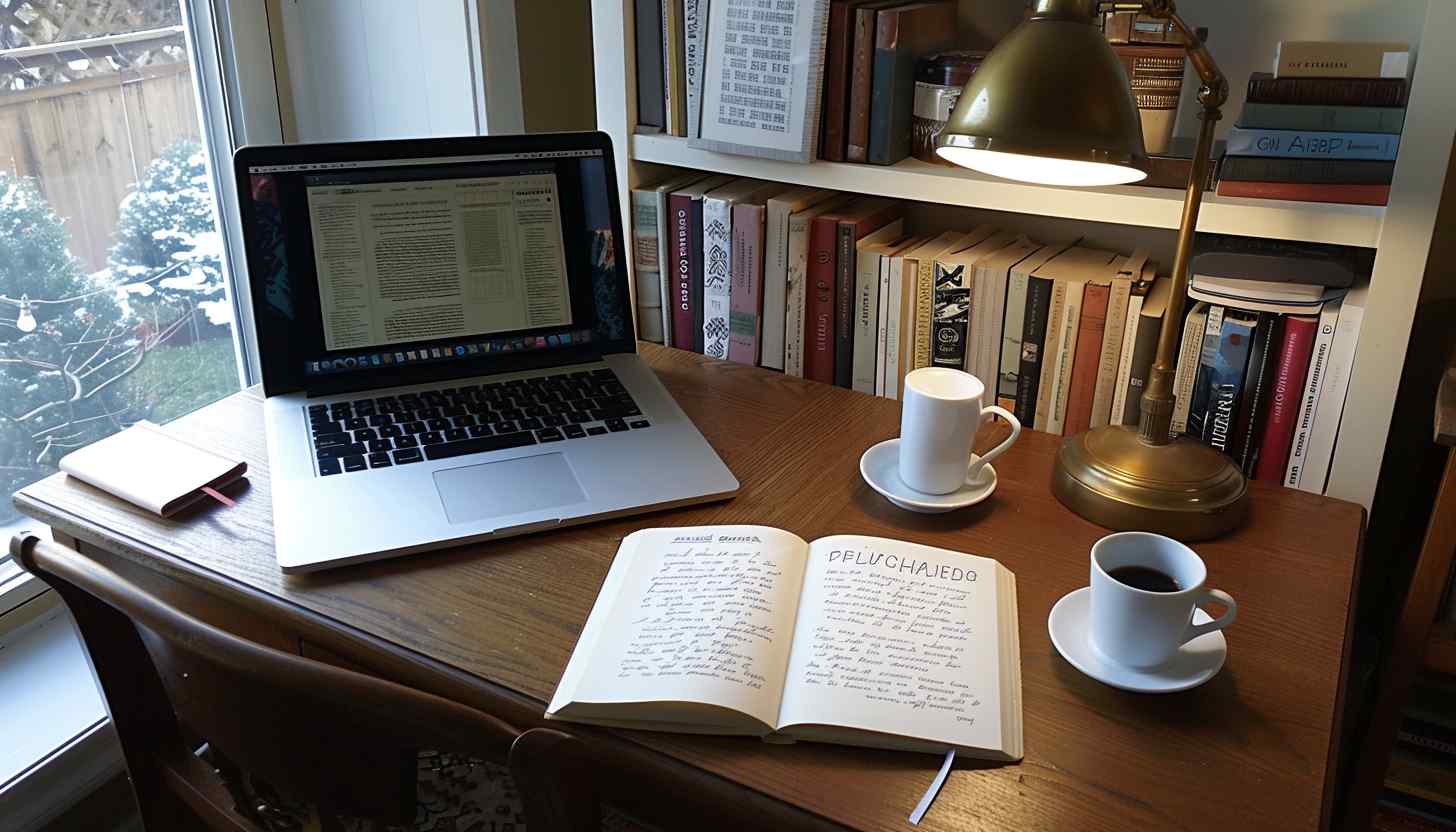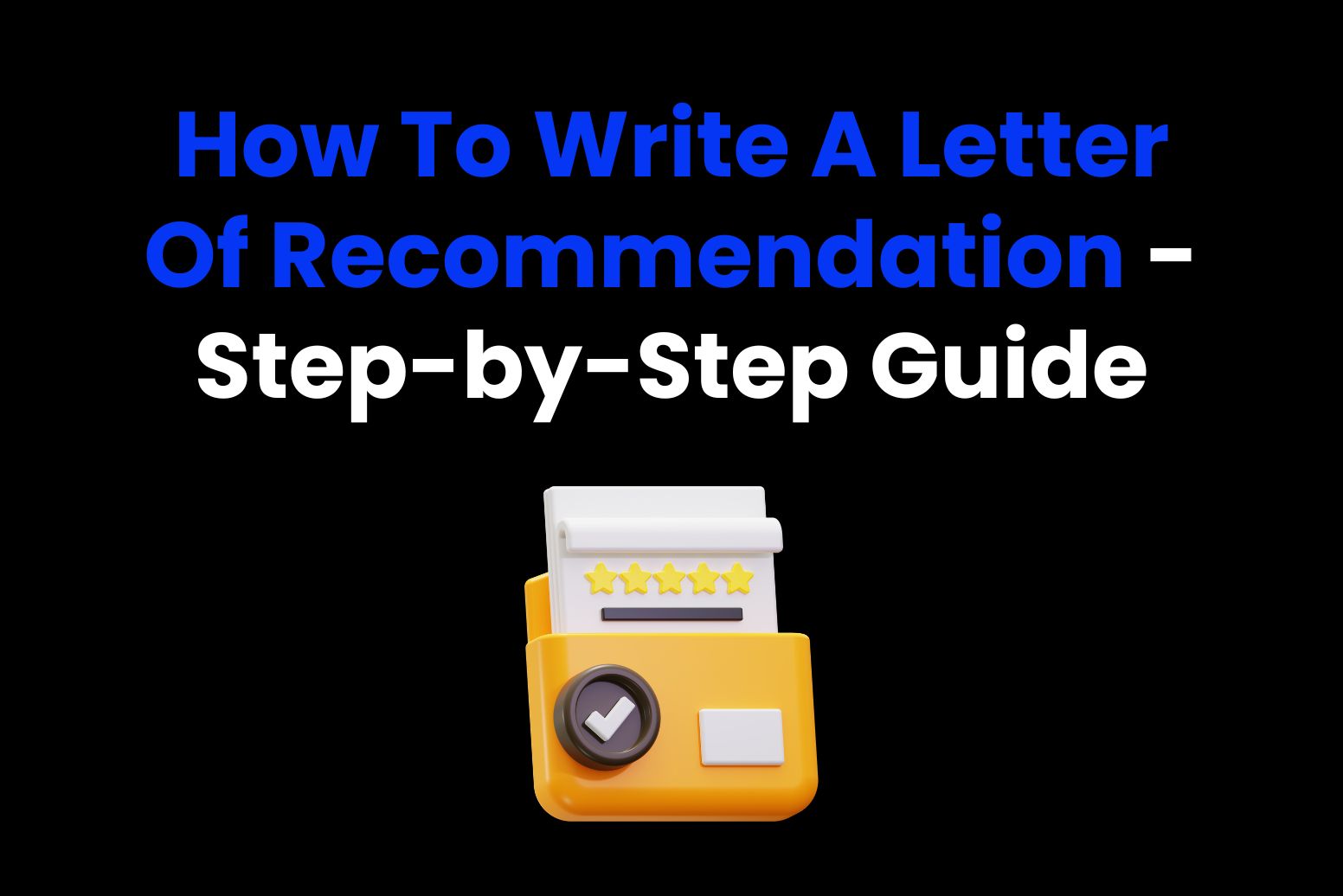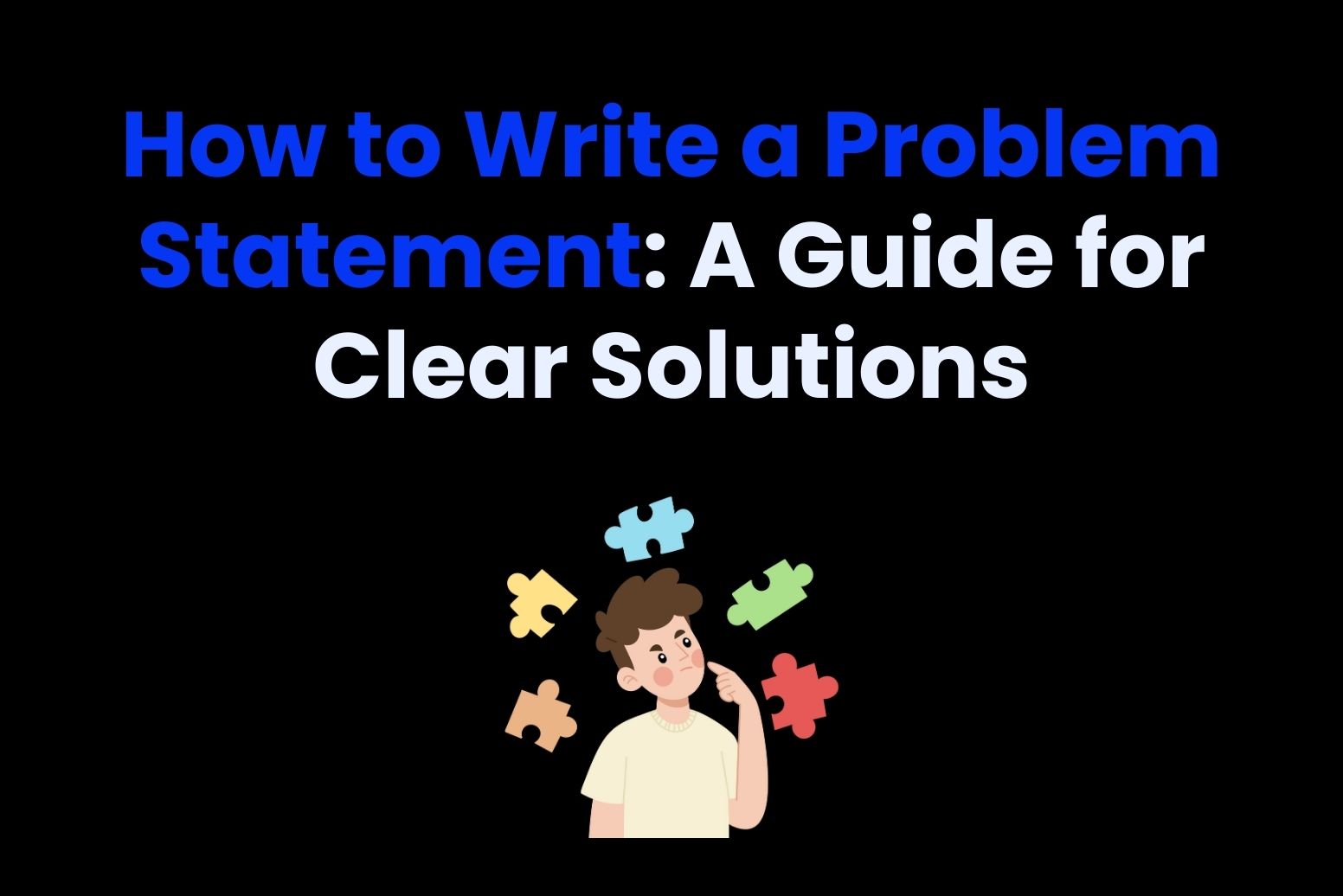
Focusing on how to write a bibliography can take much of the stress out of academic writing. Referencing and citing your work correctly is fundamental, and making bibliographic mistakes will affect your grades.
Though writing a bibliography can be time consuming, we want to show you how to do this effortlessly. We present the different style conventions, and then show you a shortcut that involves using AI to generate citations for you in seconds.
We also reveal some advanced tips that should help you stand in good stead as you learn how to write a bibliography. If you follow this guidance and use our tools, you will no longer need to worry about losing marks because of poorly cited work.
What is a bibliography?
A bibliography is published at the end of an essay, assignment, or book to provide details of the sources the author used to produce the content.
It’s a crucial part of academia, and if you’re a student, you must follow strict guidelines depending on the style guide your school uses (more on this shortly).
If you don’t include a bibliography, you might be accused of plagiarism. Equally, should you fail to attribute work throughout your article to the respective authors, you will likely breach your school’s plagiarism rules.
If you have published a blog or an article for a website, you might decide to include a short bibliography at the foot of the piece. This is a way to list your sources, directing your readers for further research.
The main purposes of a bibliography
While you might look at it as a time-consuming addition to your work, a bibliography is actually a key element of any assignment. It serves the following purposes:
- A bibliography provides a list of the sources that you used to conduct your research. As a result, your teacher or lecturer can check these sources to ensure that you did sufficient research to write your assignment.
- It also protects you from plagiarism, as it’s proof that you have credited the relevant authors with their ideas rather than taking credit for them yourself.
- Another purpose of the bibliography is that it provides details of other sources that your reader can visit for more information. This is useful if they want to conduct further study beyond your assignment.
Typically, you will need to include a bibliography at the end of your work, following the relevant style guide, as detailed in one of the following sections.
How to write a bibliography
To write a bibliography, you must capture crucial information relating to all the sources you used to write your assignment. Therefore, it makes sense to keep track of all your sources as and when you use them.
Leaving this until the end of your assignment means you will have to go back through your essay to identify the sources. This will likely take several hours and you might not be able to find the correct source.
So, even if you don’t structure it correctly from the very start, you should keep a running track of all sources in an informal bibliography as you write your assignment. At the very least, note the following information:
- The name of the book/article/website.
- Both names of the author (first and surname).
- Details of the publication (name, date, and location).
- The date the article was published. If you access a website, note the date that you visited the page, alongside the URL.
- If you’re citing a chapter or a part of a book, make note of the relevant pages (i.e., 50-65).
Get into the habit of listing sources on the final page of your assignment as you write. Provided you capture the above information, you can work on the structure of the bibliography after you have finished writing.
How to write a bibliography: The three style guides

When it’s time to format and structure your bibliography, you must check which style guide your university uses. There are three main guides within academia today:
Specific universities and colleges follow some guides, while others follow a different one. It’s even common for one school within a university to follow APA, while another follows MLA. So, don’t make assumptions about the right style guide to use. Always check with your faculty before writing your citations and creating your bibliography.
This is crucial, because how to write a bibliography differs slightly depending on the style guide used. We will show you how to write a bibliography for each style guide below, presenting the rules and regulations for each one.
How to write a bibliography in the APA style
The APA style guide is the most commonly used method among social science studies and is widely used in different parts of the world. Here, we show you how to write a bibliography in the APA style when citing books, chapters of books, journal articles, and news articles on websites:
Books
- Convention: Author (surname, then first initials). (Year). Book title. Publisher.
- Example: Achebe, C. (1987). Anthills of the Savannah. Heinemann Books.
Chapter of an edited book
- Convention: Author (surname, then first initials). (Year). Chapter title. In name of editors, book title (pages). Publication. DOI (if available).
- Example: Dillard, J. P. (2020). Currents in the study of persuasion. In M. B. Oliver, A. A. Raney, & J. Bryant (Eds.), Media effects: Advances in theory and research (4th ed., pp. 115-129). Routledge.
Journal article
- Convention: Author (surname, then first initials). (Year). Name of article. Name of journal, Volume (number), pages. DOI.
- Example: Steiger, R., and Mayer, M. (2008). Snowmaking and Climate Change. Mountain Research and Development, 28(3), 292-298. https://doi.org/10.1659/mrd.0978.
News article
- Convention: Author (surname, then first initials). (Date – year, then month and day). Article title. Publication. URL.
- Example: Wilson, J. (2025, January 25). Good Ange is now Bad Postecoglou and caught in the Premier League doom spiral. The Guardian. https://www.theguardian.com/football/blog/2025/jan/25/ange-postecoglou-caught-premier-league-doom-spiral.
How to write a bibliography in the MLA style
MLA is not used as frequently as APA, but it’s still required at many universities and colleges. There are numerous subtle differences between the two styles that you need to be aware of. Discover the different conventions that show how to write a bibliography with specific examples for each:
Books
- Convention: Author (surname, then first name). Name of book. City of publication: Name of publisher, year.
- Example: Hodgkinson, Tom. How to Be Free. London: Penguin Books, 2007.
Chapter of edited book
- Convention: Author (surname, then first name). “Title of chapter.” Title of book, edited by name, publisher, publication date, page numbers.
- Example: Sweeney, John. “The New Internationalism.” Global Backlash: Citizen Initiatives in a Just World Economy, edited by Robin Broad, MacMillan Press, 2002, pp. 55-62.
Journal article
- Convention: Author (surname, then first name). “Article title.” Journal title, volume, number, date (month & year), pages. DOI.
- Example: Yin, Xungang & Nicholson, Sharon E. “The Water Balance of Lake Victoria.” Hydrological Sciences Journal, 43, no. 5, March 1998, pp. 789-811. https://doi.org/10.1080/02626669809492173.
News article
- Convention: Author (surname, then first name). “Article title.” Website or publisher, date of publication (date, month, year), URL.
- Example: Diver, Tony. “Trump Allies Urge President to Block Starmer’s Chagos Deal Over Iran Spying Fears.” The Daily Telegraph, 25 January, 2025, https://www.telegraph.co.uk/news/2025/01/25/trump-allies-urge-block-starmer-chagos-deal-iran-spying/.
You can refer to the complete MLA style guide (linked above) for further details on how to reference other types of material in your bibliography.
How to write a bibliography in the Chicago style
The Chicago style guide deals with how to write a bibliography in Chapters 13 and 14. If your school uses the Chicago method, a copy of The Chicago Manual of Style should be provided free of charge.
As a quick overview, below are the conventions for writing a bibliography in the Chicago style for each type of publication:
Books
- Convention: Author (surname, then first name). Name of book. Name of publisher, year.
- Example: Hagen, Steve. Buddhism Plain and Simple. Penguin Books, 1999.
Chapter of an edited book
- Convention: Author (surname, then first name). “Chapter title.” In name of the book, edited by name (first name, then surname). Publisher, year.
- Example: Doyle, Kathleen. “The Queen Mary Psalter.” In The Book by Design: The Remarkable Story of the World’s Greatest Invention, edited by P. J. M Marks and Stephen Parkin. University of Chicago Press, 2023.
Journal article
- Convention: Author (surname, then first name). “Article title.” Journal name, volume, issue (year): pp-pp. DOI.
- Example: Prebish, Charles S. “The Academic Study of Buddhism in the United States: A Current Analysis.” Religion 23, no. 3 (1994): 271-278. https://doi.org/10.1006/reli.1994.1023.
News article
- Convention: Author (surname, then first name). “Article title” Publication, date (month, day, year). URL.
- Example: Varga, John. “The Abandoned Ghost Town Destroyed in Freak Disaster That’s Now a Dark Tourism Hotspot” The Daily Express, January 26, 2025. https://www.express.co.uk/travel/articles/2003466/argentina-villa-epecuen-dark-tourism.
You can refer to the full Chicago guide for further conventions, including how to cite personal communication, videos, podcasts, and other forms of media.
How to write a bibliography the easy way – Use AI to help you
Given the different conventions for each style guide and the fact that accurate citations can take a lot of time, there’s a super easy shortcut available to you.
You can prompt Arvin to act as a citation generator. Our tool is completely free and extremely easy to use. After referring to a journal article, book, or a news article in your assignment, ask Arvin to provide you with a citation for the source in the APA, MLA, or Chicago format.
Why use Arvin AI to cite your work? Here are some reasons:
- Our AI tool is extremely accurate and will help to prevent mistakes in your citations. Even a comma or full stop in the wrong place can earn you the scorn of your professor, so trust our tool to get it right for you.
- Rather than having to refer consistently to a style guide as you write, our tool provides instant access to citations in any format. You can then copy and paste the citation as you compile your bibliography.
- Our writers have published numerous articles and guides on how to create citations for different publications. For instance:
We published regular articles designed to help students improve their citations and create accurate bibliographies. Be sure to keep up with our blog for the latest articles from Arvin.
Advanced tips for how to write a bibliography as a student
Aside from using AI to help you, here are some advanced tips that will help you learn how to write a bibliography for any academic assignment:
Cite as you go
We know that it’s tempting to hit the word count as soon as possible to finish your essay, but we encourage you to cite your sources as you go.
If you don’t do this, you will have to spend a long time going back through your work to find sources that you have misplaced.
This can lead to a lot of stress as your deadline approaches. Also, if you don’t find the source or misappropriate a source, you might encounter plagiarism-related issues, something you will almost certainly want to avoid.
Use an up-to-date style guide
APA, MLA, and Chicago all regularly update their style guides. Therefore, you must double check that you’re using the organization’s most current guide. If not, you will find that your work doesn’t meet the current citation standards.
The easiest way to get around this is to download the latest guide directly from the relevant website. You can also check your school’s website and follow any links to the correct style guide if you have any concerns.
Double-check your citations
Citing work is a difficult skill, but it’s a crucial part of academic writing. You need to pay close attention to the punctuation in your citations and make sure that you spell the names of the authors correctly. It’s a good idea to also check that you have used italics correctly and haven’t misspelled the names of articles or publications.
You can use our free AI Grammar Checker to ensure your work and citations are correct. It’s free and easy to use and picks up on typos and errors that you may not ordinarily notice. To ensure your work is accurate, get into the habit of running all your assignments through our grammar tool.
Plan your deadline with your bibliography in mind
Finally, don’t leave your assignment until the very last minute. So many students leave the writing of their essays until just one or two days before the deadline.
But doing so can leave you short, particularly given the extra work required to produce a professional bibliography.
Even if you cite on the go, we recommend leaving 1-2 hours editing time to check all of your sources and to ensure your bibliography is accurate. This additional step can help you secure additional marks, which could help you leap up a grade boundary.
The verdict: How to write a bibliography
Ultimately, writing a bibliography doesn’t need to take a huge amount of time and effort. If you cite as you go and maintain a list of your sources, you should be okay.
We also encourage you to make the most of our AI tool, which you can use as a free and instant citation generator. You can then place these citations in your bibliography, saving lots of time and effort.
Feel free to experiment with Arvin today and see how it can help you to improve your academic writing.
How do I write a bibliography?
A bibliography should contain all the sources that you have used in your assignment. The way you write the source depends on the style guide you’re following and the type of publication that you’re referencing. You can follow our tips above and use Arvin to create citations instantly on your behalf.
What comes first in a bibliography?
In all bibliographies, regardless of the style guide, the author’s name comes first. You should include their surname and their initials (or first name), followed by the name of the publication and the year it was published. Other information like the city of publication and a URL might also be required.
What does APA stand for (bibliography)?
APA stands for the American Psychological Association, and it refers to the organization responsible for the APA style guide. This referencing style is used beyond psychology, primarily in the social sciences.
Can I use AI to write a bibliography?
Yes, you absolutely can. Using an AI tool like Arvin is one of the best ways to ensure accurate citations in a fraction of the time. Our citation generator is accurate, free, and easy to use. So, rather than manually citing each source that you use, trust our citation generator to do the hard work for you.






